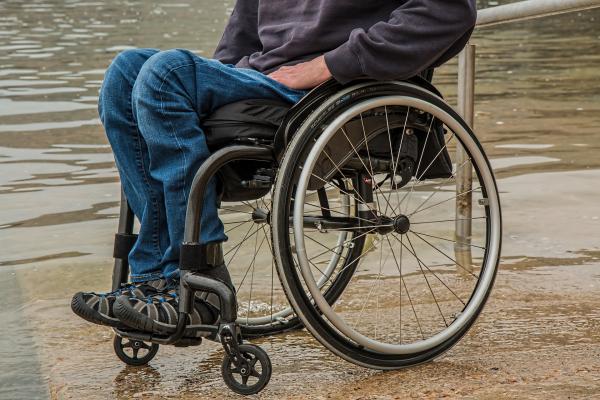Medical noncompliance and appointment no-shows substantially contribute to increasing health care costs - on top of resultant treatment complications and disease decline (especially in the chronically ill) due to such deferral. Access to transportation is a significant factor amounting to $150 billion lost each year due to 3.6 million Americans delaying or missing medical appointments and interventions, with 950,000 being children.
Newly launched Uber Health hopes to make a dent in this barrier.
This service allows hospitals and doctors to book rides for their patients under non-emergency conditions like checkups for those going to and from nursing homes or post-hospital discharge follow-ups. This dashboard only includes instances that are not urgent where the interventional and supportive capacity of ambulances would not be necessary. So, the burden of liability for patient safety appears to fall on the dispatching health professional or institution.
For those requiring dialysis multiple times a week, such an option can be very appealing. Many existing services that support non-emergent medical transportation (NEMT) require extensive outdoor waiting which is problematic when injured or with inclement weather, hour-long windows for pick up and drop off times as well as ride-sharing which serves to extend substantially the entire experience. Now, imagine you have multiple appointments in various locations per week, the burden of limited options can be exhausting as can those choices themselves. Public transportation can be very challenging as well for those with disabilities, the elderly, post-surgical patients, a family with many children etc.
Though the drivers will be regular Uber staff, the technology is supposed to be HIPAA privacy compliant for the health care space and provides printable versions so as not to exclude those not keen on the latest technologies. Text messages and calls are initiated as well. For the company, this move can facilitate new customer acquisitions for their general app and possibly rehab their image given their recent various public scandals over aggressive business practices.
They aren’t the only game in town as Lyft and other companies are also aligning partnerships in this space (see here). But, whether any make meaningful strides in improving no-show rates has yet to be seen. Consider a study published last month in JAMA Internal Medicine that investigated the association of rideshare-based transportation and missed primary care appointments. It demonstrated low uptake of ridesharing without decreasing missed appointment rates. The authors suggest better targeting of populations who have such needs and more future research on various delivery mechanisms.
An earlier 2016 study referenced in this JAMA commentary entitled Nonemergency Medical Transportation: Delivering Care in the Era of Lyft and Uber, revealed more promising results from a pilot program where Lyft partnered with a NEMT benefit manager offering their services to Medicaid patients in New York and Medicare Advantage ones in California for preventive and chronic care purposes. They observed a 30% reduced wait time on average, cost per-ride decrease by 32.4% with patient satisfaction at 80.8% (see link here).
Though Uber has done pop-up tests like subsidizing rides for breast cancer screenings or delivered vaccines in Brazil, Uber Health has been in beta mode since last summer with over 100 care organizations in place, including hospitals, elder care facilities and rehab centers. Standard rates apply to the healthcare companies depending on their location.
The biggest issue that remains to be seen at this point is how the liability factor plays out for the healthcare provider who is now responsible for calling for their patient, as opposed to the other way around. Uber drivers will have no special medical training and this move is not intended in any way to replace ambulances aside from diminish their unnecessary use when possible. Only time will tell what entities benefit (e.g. patients, health care cost savings), but improving provider access is overdue and innovative measures are worthwhile to consider.




